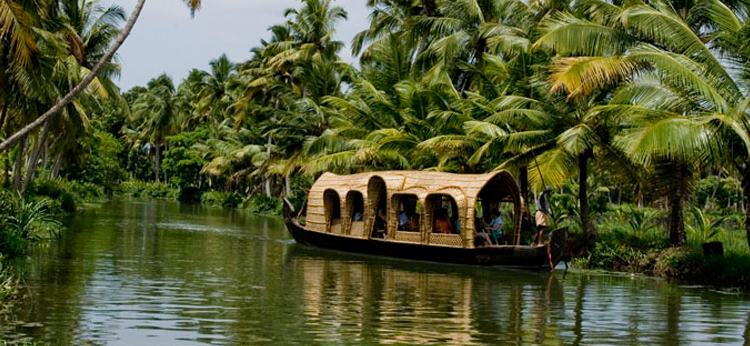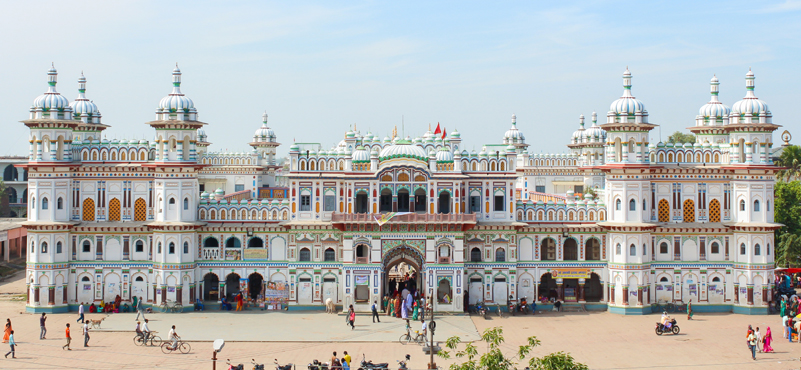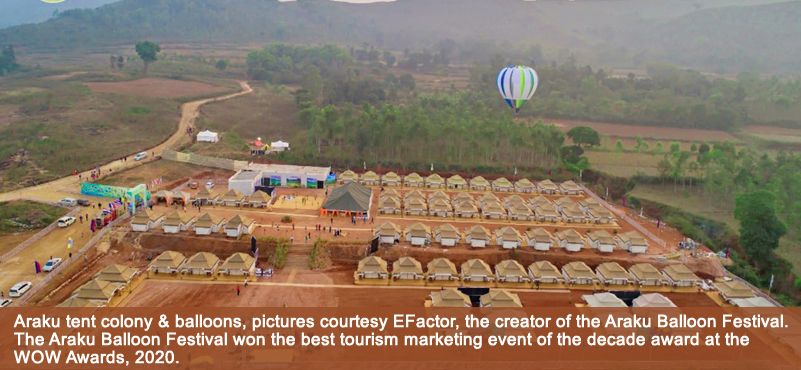This is a development which may have skipped the attention of many within the tourism and travel circles, or its singificance may have got overlooked. Nonetheless, it is quite significant in its own way. After the nod from the Lok Sabha during the winter session last year, the upper house, early this month, gave a green signal to Inland Waterways Bill, 2015 which paves the way for the creation of 106 inland waterways in the country.
Going by the words of an expert, inland waterways in the country today stand in the same state where Indian Railways was in 1850’s. That succinctly sums up the gap and also the opportunity. As a mode to carry freight and passengers, the waterways in India have remained largely untapped, certain pockets of excellence (e.g., Kerala) notwithstanding. This development is clearly epic-scale in nature for the promise it holds – it is not talking about the mere execution of a mega infrastructure project but opening up a new mode of transportation (of all kinds) altogether adding up to the air, railways and sea related infrastructure base which the country has built over the decades.
The indications from government quarters suggest that it is meant to ignite river-based economy and, therefore, turning the new waterways into non-freight hubs also as a critical element of the overall development plan. Promoting river-based travel and tourism activities is clearly a part of this agenda. In fact, much before this bill became a reality, a back-end co-ordinated research exercise was undertaken (supervised by Inland Waterways Authority of India) within the government quarters involving Union Tourism Ministry and its state counterparts and a tentative plan has already been formulated to link many religious destinations in the country with river ways. State governments are expected to take care of basic amenities around the terminals while the authority will ensure water draft maintenance and other facilities meant to keep the operations intact.
In terms of facilitation of passengers, the authority is also looking at creating short connecting points within some of the largest locations in the country where river flows in the middle of the city. For example, in Kolkatta, it is examining the options to create mini-stations at some critical points on the beds of Hoogly river which will shorten the travel distance within the city. Needless to say, such developments are bound to help all kinds of travellers including tourists.
European examples, where river waterways are formidable mode of transportation, clearly testify that tourism is a major beneficiary of such an infrastructure asset. Not surprising, they have so much to offer in cruise tourism and water-based adventure activities. With the decks cleared for Inland Waterways Bill, we can now look forward to emulate those examples – not merely as wishful thinking but as doable goals.




































